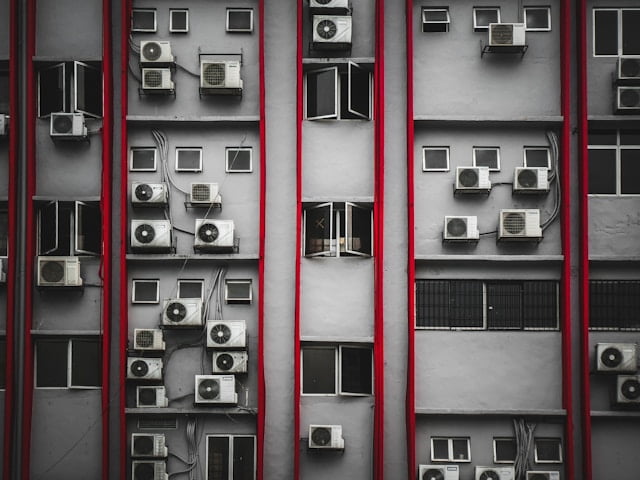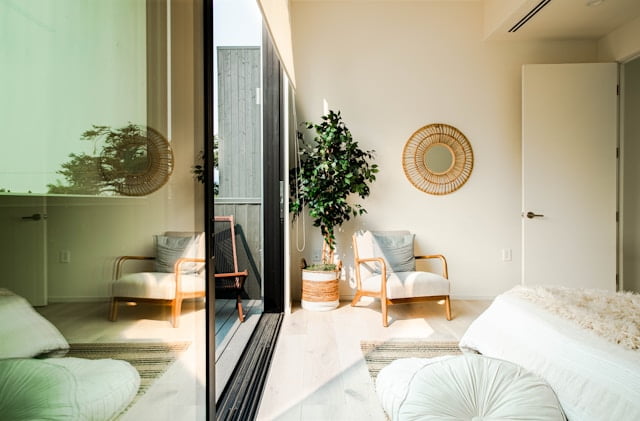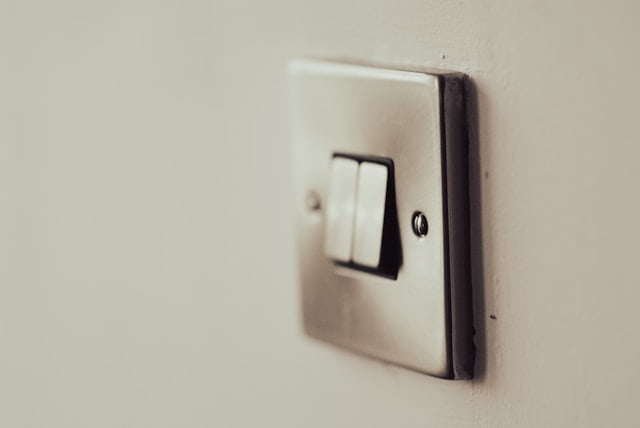Top 6 Ways To Enhance Energy Efficiency in High-Rise Living
Living in a high-rise unit in Malaysia offers convenience and modern comfort, but it also presents unique challenges when it comes to energy efficiency. With rising concerns about environmental sustainability and escalating utility costs, residents need to adopt practices that minimize energy consumption without compromising on comfort. Fortunately, there are several practical steps you can take to enhance energy efficiency in your high-rise unit, contributing to both cost savings and a greener future.
1. Invest in Energy-Efficient Appliances
In Malaysia’s hot and humid climate, air conditioning is not just a luxury but a necessity for comfort. However, the continuous use of air conditioners contributes significantly to electricity consumption. This is where the importance of energy-efficient appliances, particularly air conditioners, cannot be overstated. Opting for inverter air conditioners is a game-changer in this regard. Unlike traditional models, inverter air conditioners adjust their power output based on the cooling requirements of the room. It can help to result in lower energy consumption and reduced electricity costs over time. By investing in energy-efficient appliances like these, residents can enjoy the comfort of air conditioning without worrying about inflated utility bills or excessive energy wastage.
Moreover, with Malaysia’s commitment to sustainability and environmental conservation, embracing energy efficiency in high-rise living becomes even more crucial. By making conscious choices in appliance selection, residents can save money and contribute to reducing carbon emissions at the same time. In a country where the demand for electricity continues to rise, every effort towards energy efficiency counts. Therefore, prioritizing the use of energy-efficient appliances is important for both individual households and the effort towards a greener future in Malaysia.

2. Utilize Smart Technology
In the age of smart technology, harnessing its potential is key to maximizing energy efficiency in high-rise living. Smart thermostats, for instance, offer unprecedented control over air conditioning systems. They enable residents to regulate temperatures remotely and program cooling schedules tailored to their lifestyles. By intelligently adjusting cooling settings based on lifestyles and external conditions, smart thermostats eliminate unnecessary energy expenditure. Residents can enjoy optimal comfort without compromising on efficiency.
Furthermore, the integration of smart plugs and power strips presents an innovative solution to tackle energy wastage from standby power consumption. These devices enable users to remotely monitor and manage the energy usage of electronic appliances. Residents can now switch off devices completely when not in use or schedule them to operate during off-peak hours. By eliminating power drains and promoting more mindful consumption habits, smart plugs and power strips contribute significantly to reducing overall energy consumption in high-rise units.
3. Maximize Natural Lighting
In high-rise living, when it comes to natural lighting, residents often lack the freedom to renovate their units extensively as they would with landed houses. While you may not be able to make structural changes to your unit’s layout or windows, there are still practical steps you can take to harness natural light effectively. Keeping curtains and blinds open during daylight hours allows sunlight to flood your living space. It helps to reduce the need for artificial lighting and creates a more inviting atmosphere. Additionally, consider installing reflective window films, which can help minimize heat gain while still allowing ample natural light to filter through. These films are especially beneficial in Malaysia’s tropical climate, where excessive heat from sunlight can lead to increased reliance on air conditioning.
Moreover, while optimizing natural lighting is crucial, it is equally important to complement it with energy-efficient artificial lighting solutions. LED bulbs offer significant energy savings compared to traditional incandescent bulbs. LED bulbs can consume up to 80% less electricity and they tend to last much longer. By gradually replacing outdated lighting fixtures with energy-efficient LED bulbs, you can further reduce your unit’s overall energy consumption and contribute to cost savings in the long run. Embracing a combination of natural and artificial lighting strategies not only enhances energy efficiency but also creates a more sustainable living environment.

4. Implement Energy-Saving Practices
While advanced technologies and energy-efficient appliances play a significant role in reducing energy consumption, the effectiveness of these tools ultimately hinges on the adoption of sustainable habits by residents. Implementing energy-saving practices in your daily routine is essential for maximizing the benefits of energy-efficient solutions. Something as simple as turning off lights, fans, and electronic devices when not in use can result in significant energy savings over time. Cultivating this habit not only reduces electricity consumption but also extends the lifespan of your appliances, contributing to cost savings and environmental preservation.
Furthermore, being mindful of standby power consumption is crucial in minimizing energy waste. Even when electronic devices are not actively in use, they continue to draw power in standby mode, adding to your electricity bill unnecessarily. Making it a point to unplug chargers and appliances when they’re fully charged or not needed can prevent standby power drain. By prioritizing energy-saving practices as part of your lifestyle, you not only lower your environmental footprint but also set a positive example for others in your community. Ultimately, the collective adoption of these simple yet impactful habits plays a pivotal role in promoting a culture of energy conservation.

5. Optimize Ventilation and Insulation
Proper ventilation and insulation are essential components of an energy-efficient high-rise living environment. Effective ventilation ensures the circulation of fresh air throughout your unit. It helps to maintain optimal indoor air quality while reducing the need for mechanical cooling. To achieve this, it is crucial to ensure that windows and doors are properly sealed to prevent air leaks. Air leaks can result in energy waste and compromise the efficiency of your air conditioning system.
In addition to sealing air leaks, incorporating ceiling fans into your unit’s ventilation system can further enhance energy efficiency. Ceiling fans promote air circulation, distributing cool air more effectively throughout the space and reducing the workload on your air conditioning system. By strategically placing ceiling fans in key areas of your unit, you can create a comfortable indoor environment without over-relying on mechanical cooling. Moreover, ceiling fans consume significantly less energy than air conditioners, making them a cost-effective and environmentally friendly alternative for maintaining indoor comfort. By optimizing ventilation and insulation through these measures, you can create a more energy-efficient and sustainable living space in your high-rise unit.
6. Monitor and Track Energy Usage
Keep track of your energy consumption to identify areas where you can make further improvements. TNB, the sole electricity provider in West Malaysia, offers an online portal and a mobile app that allow you to monitor your energy usage. By analyzing your usage patterns, you can identify opportunities to adjust your habits and reduce energy waste.
Conclusion
In conclusion, enhancing energy efficiency in your high-rise unit in Malaysia is not only beneficial for your wallet but also for the environment. By implementing a combination of energy-saving practices and technologies, you can reduce your carbon footprint and contribute to a more sustainable future for generations to come. Remember, every small step counts towards making a significant difference in conserving energy and preserving our planet.